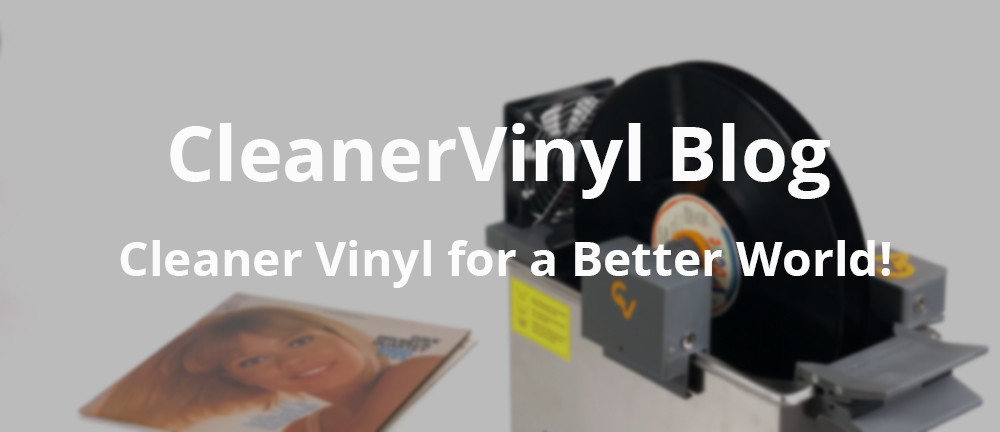Here at CleanerVinyl we frequently get asked: "How do wetting agents work when cleaning records?" or "Why should I add a wetting agent to the distilled water in the cleaner?"
The simple answer is that a lot of dirt is 'hydrophobic' (i.e. water rejecting - think of oily fingerprints, for example) and cannot easily be dissolved by water. The reason for this behavior is that water molecules are 'polar' (i.e. have a positively and a negatively charged end), while many dirt molecules are non-polar (i.e. they are neutral). Polar and non-polar molecules cannot mix well. An example that you probably know well is when some oil is mixed with water. The oil forms droplets in the water, but does not dissolve.
A way around this is to add molecules to the water that have a polar and a non-polar section. A well known molecule in the vinyl community is Tergitol, the main ingredient of Tergikleen (similar molecules are in Ilfotol and Kodak Photo-Flo).
The figure below shows a Tergitol molecule. The green end with the -OH group is the polar part of the molecule, while the red end is the non-polar part.
The great thing about such molecules is that they love to form mono-layers around non-polar objects like dirt particles. When they do that, the non-polar ends bind with the surface of the dirt particle, while the polar ends stick out into the water.
This has the very useful effect that the water now 'likes' the dirt particle, which causes a net-force on the particle that helps drawing it into the water away from the vinyl surface. And this amplifies the effectiveness of the ultrasonic cleaning process.
Now you know why a few drops of a wetting agent is very helpful for the vinyl record cleaning process!
 |
| Surfactants bind to dirt particles and help prying them loose from the vinyl record surface. This makes the ultrasonic cleaning process much more effective. |



